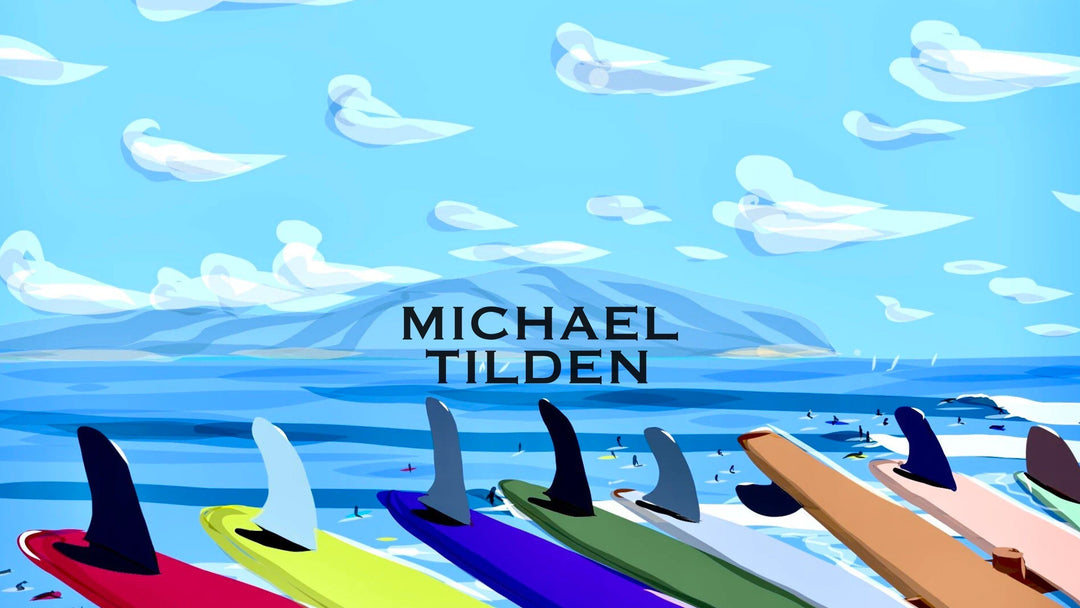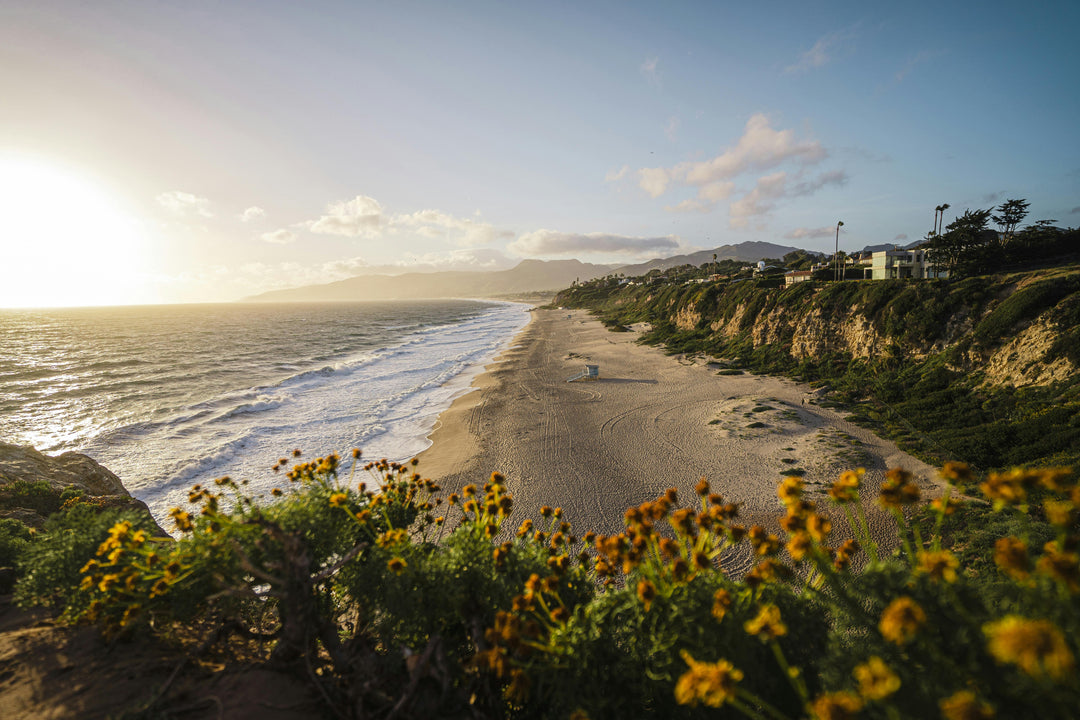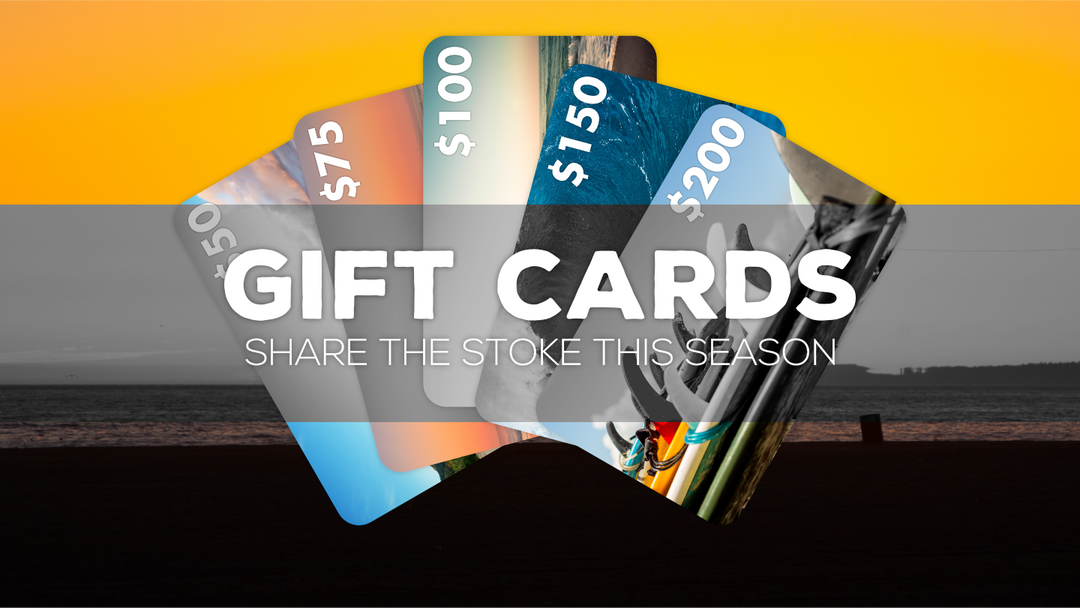The Thrill and Challenge of Cold-Water Waves
When most people think of surfing, they envision warm beaches, tropical water, and the golden glow of the sun. But for a growing community of cold-water surfers, the allure of surfing extends far beyond tropical paradises. These surfers chase waves in places where the water temperature can drop close to freezing, and snow-covered beaches serve as their backdrop. Surfing in freezing temperatures offers a unique thrill, a deeper connection to nature, and challenges that test the physical and mental endurance of even the most seasoned wave riders.
The Allure of Cold-Water Surfing
There’s a special kind of beauty in cold-water surfing. The crisp air, the solitude of uncrowded beaches, and the dramatic seascapes create an experience that is almost meditative. Unlike the crowded lineups of warmer climates, cold-water breaks often provide surfers with unspoiled waves, untouched by masses of tourists. It’s just the surfer, the sea, and the raw power of nature.
Many cold-water surfers talk about the sense of adventure and accomplishment that comes with braving frigid temperatures. It's not just about riding the wave but about embracing the elements, battling against the cold, and feeling alive in a way that’s hard to describe. The icy surroundings often provide a surreal and beautiful environment, with mist rising off the ocean and mountains or cliffs dusted with snow in the background.
Challenges of Surfing in Freezing Temperatures
Surfing in cold water isn’t just about fighting the waves – it's also about battling the cold. The temperature of the water can drop as low as 32°F (0°C) or below, particularly in places like Norway, Iceland, Alaska, and Canada. This extreme environment presents several challenges:
-
Hypothermia and Frostbite: The most immediate concern in freezing conditions is the risk of hypothermia, where the body loses heat faster than it can produce it. Frostbite on exposed skin, particularly hands, feet, and face, is also a concern in extreme cold.
-
Proper Gear: Cold-water surfers need to be equipped with thick wetsuits, usually between 5 to 7mm thick, with hoods, gloves, and booties to protect their extremities. A good quality wetsuit is essential to keep body temperature regulated and to maintain flexibility while paddling. Innovations in wetsuit technology have made cold-water surfing more accessible, but even with modern gear, the chill can seep in after prolonged exposure.
-
Paddling Through Ice and Snow: In extreme locations, the water may contain ice or slush, and surfers may have to walk across snow-covered beaches or wade through icy shorelines to reach the water. The sheer act of getting into the water becomes part of the challenge.
-
Isolation and Safety: Cold-water surfing often means surfing in isolated locations. There’s a higher degree of risk involved since there are fewer people around in case of emergencies. It’s crucial for cold-water surfers to surf with others and have a strong understanding of their limits.
-
Physical Endurance: The body burns more energy trying to stay warm in cold water, which can lead to faster fatigue. Surfers need to be in top physical shape and must be able to manage their energy levels while fighting both waves and the cold.
Best Locations for Cold-Water Surfing
Cold-water surf destinations may seem unconventional, but they offer some of the most pristine and powerful waves on the planet. Here are some iconic cold-water surfing spots:
-
Reykjanes Peninsula, Iceland: Known for its volcanic coastline and stunning landscapes, Iceland offers a mix of challenging waves and breathtaking scenery. The surf here can be fierce, with frigid temperatures that make it a true adventure.
-
Unstad Beach, Norway: Situated in the Arctic Circle, Unstad is a dream for cold-water surfers. Snow-covered mountains rise dramatically from the shoreline, and the freezing water creates powerful, consistent waves.
-
Tofino, British Columbia, Canada: Tofino is a cold-water surf hub, offering year-round waves. Its rugged, scenic coastline draws surfers from around the world, and the cool water, even in summer, keeps things challenging.
-
Yakutat, Alaska: Alaska offers surfers a chance to ride waves in some of the most remote, wild environments. Glaciers, forests, and snow-covered beaches make for a surf session like no other.
-
Thurso, Scotland: Scotland is known for its powerful North Sea swells, and Thurso in particular has become a popular cold-water surf spot. The rugged coastline and consistent waves attract surfers seeking a challenge.
Tips for Cold-Water Surfing
If you’re ready to embrace the cold and take on freezing temperatures, here are some essential tips to help you stay safe and maximize your experience:
-
Gear Up Properly: Invest in a high-quality wetsuit, along with a hood, gloves, and booties. Make sure your wetsuit fits snugly to prevent cold water from entering.
-
Warm Up Before You Paddle Out: Get your blood pumping before you enter the water. Stretching, jogging, or doing a quick warm-up routine can help prepare your body for the cold shock.
-
Stay Hydrated: Cold water can be deceiving when it comes to dehydration. Make sure you drink enough water before and after your surf session.
-
Know Your Limits: The cold can sap your strength and energy quickly. If you start feeling too cold, get out of the water before it becomes dangerous.
-
Surf with a Buddy: Isolation is common in cold-water surfing, so having a friend to surf with can increase safety and add to the experience.
The Rewards of Cold-Water Surfing
Despite the physical challenges and mental toughness required, cold-water surfing offers immense rewards. There’s an unmatched sense of accomplishment that comes with pushing through the cold to ride a wave. And for those who seek peace and connection to nature, cold-water surfing delivers a unique and unspoiled experience.
For surfers who crave adventure, cold-water surfing provides a deeper, more personal relationship with the ocean. It’s not just about riding the perfect wave – it’s about embracing the journey to get there, battling the elements, and finding joy in the beauty of the frozen seascape.









